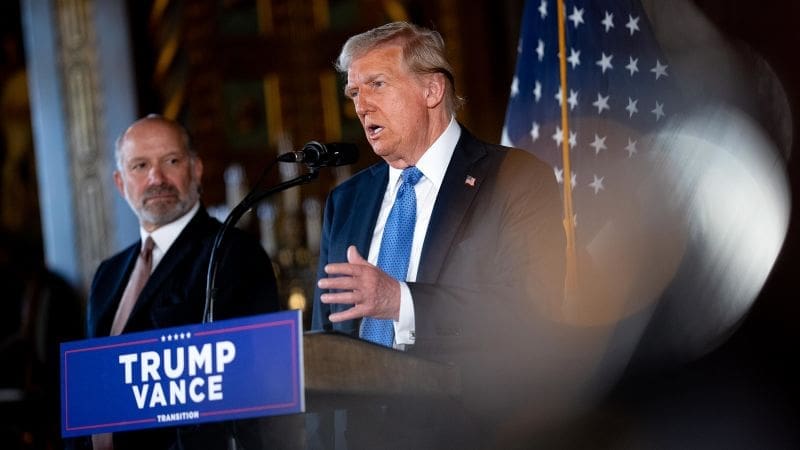President-elect Donald Trump has taken an unprecedented step in the fiscal policy debate by calling for the abolition of the debt ceiling. His demand for a premature increase to the debt ceiling on “Biden’s watch” has disrupted traditional party lines and stirred reactions across the political spectrum.
Trump’s recent statements have challenged long-standing fiscal norms, particularly within his party. Historically, the debt ceiling has been a tool for Republicans to exert leverage over government spending, especially under Democratic presidents. However, Trump’s proposal to extend the debt ceiling to 2029 or abolish it altogether marks a radical shift that aligns more closely with liberal policies. This move could reduce the political leverage Republicans have traditionally held, complicating future negotiations.
The debt ceiling has its roots in the early 20th century, specifically 1917, when Congress sought to limit US borrowing as it financed World War I. Over time, this ceiling evolved and became a significant element of fiscal policy, often resulting in high-stakes political battles. Currently, the US faces a national debt exceeding $36 trillion, and any default would have severe economic consequences, impacting entities ranging from the Social Security trust fund to private 401(k) accounts.
Analysts note that Trump’s fiscal approach, including proposed tax cuts, could further exacerbate deficits. As a result, some Republican lawmakers seem inclined to ignore the debt ceiling temporarily, suggesting a suspension until after upcoming elections. This stance indicates a potential shift in how the party might negotiate fiscal policies under Trump’s administration.
Commentary from prominent figures such as JPMorgan CEO Jamie Dimon, who previously criticized the debt ceiling as ‘all politics,’ echoes the sentiment that its elimination could prevent unnecessary fiscal crises. Similarly, economists from progressive circles have long argued that the debt ceiling’s legal constraints are harmful, forcing Congress to reaffirm spending they already approved.
Despite Trump’s advocacy, the potential abolition of the debt ceiling faces substantial political hurdles. Democrats see the ceiling as a bargaining tool, while many Republicans still value it as leverage against Democratic presidents. Historical precedence shows significant standoffs during Clinton and Obama administrations, emphasizing the ceiling’s role in political strategy.
Moreover, legal perspectives suggest the debt limit could be challenged in court. Some legal experts argue that laws enacted in the 1970s may have already rendered the debt ceiling obsolete. However, this view remains controversial and politically unpopular. Meanwhile, progressive legislators continue to pursue its repeal, exemplified by recent legislative efforts from Democratic Senator Brian Schatz.
The issue of debt management is further complicated by possible future economic strategies, such as issuing high-value Treasury coins or invoking constitutional provisions to manage the national debt. However, these ideas remain speculative and largely untested in practice.
Trump’s call to abolish the debt ceiling represents a bold and contentious shift in fiscal policy discussions. While it opens the door to potential reforms, it also faces significant opposition within both parties, leaving the future of US debt management uncertain.
Source: CNN








